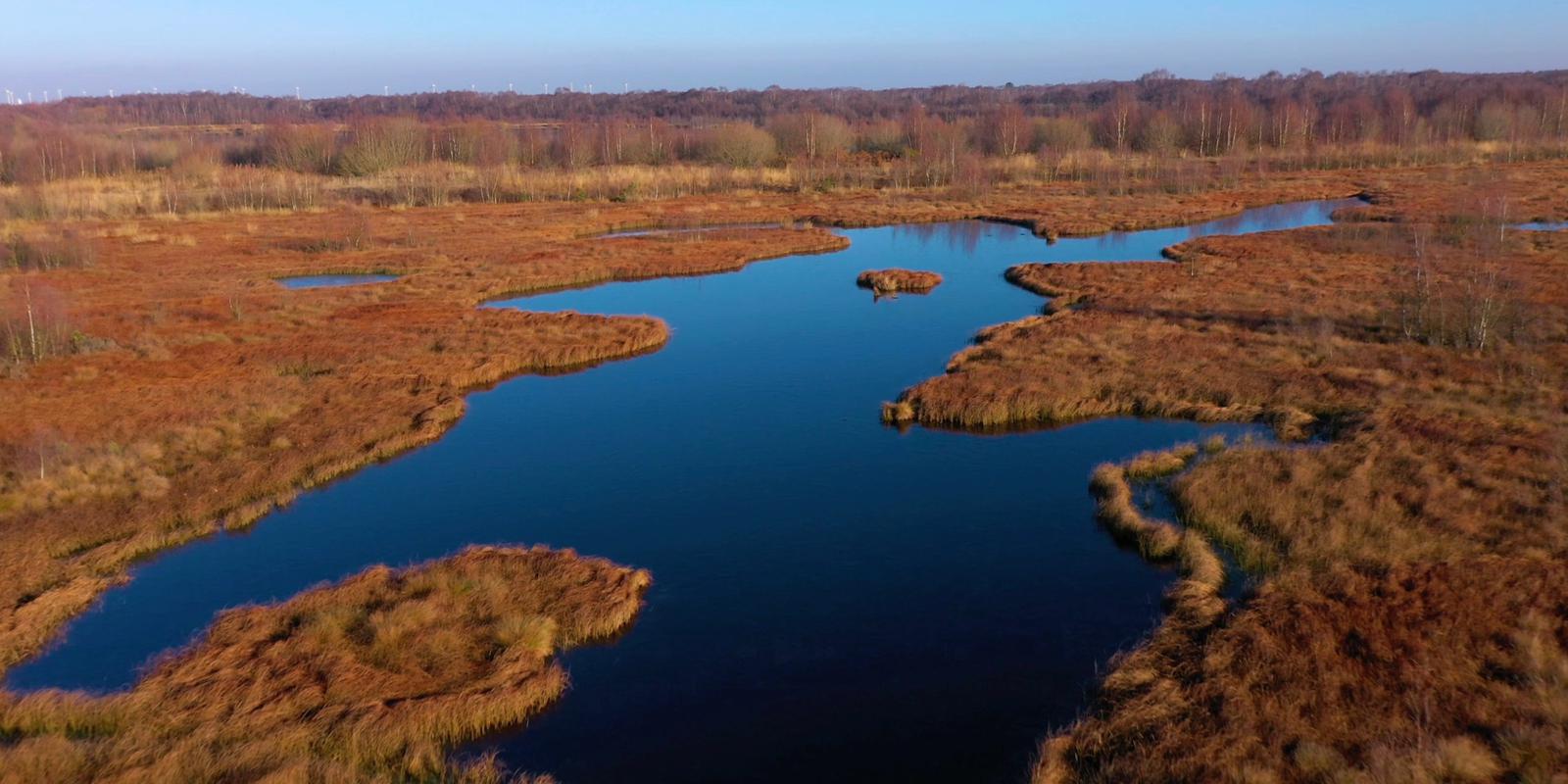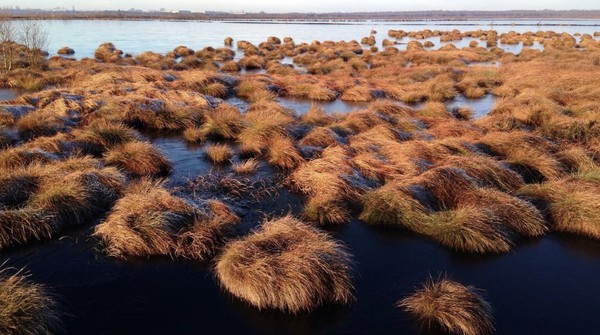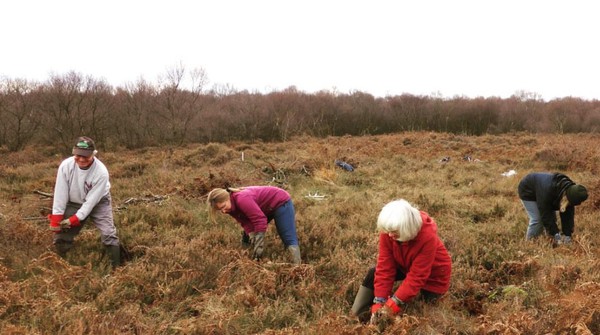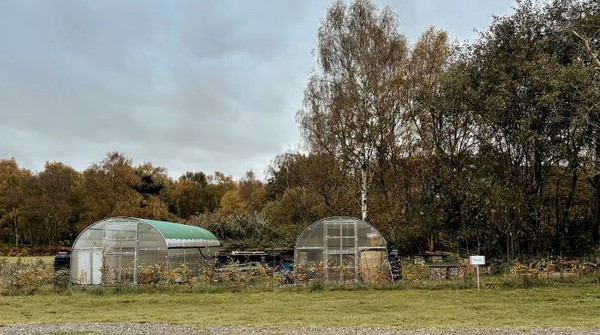ENVIRONMENTAL ACTIONRestoring Nature’s Balance: Conservation in Action
At Gomde UK, our commitment to preserving and restoring the natural environment is reflected in a series of focused, volunteer-driven projects. Set within the unique Lindholme Hall Estate and the surrounding Hatfield Moors, these initiatives aim to protect biodiversity, restore rare habitats, and combat climate change through informed and practical hands-on conservation work.

Through dedication and collaboration, we are restoring rare habitats, protecting biodiversity, and safeguarding the future of our precious peatlands for generations to come. Environment
Carbon Crisis and UK’s Peatland
Peatlands play a critical role in combating climate change. These unique habitats store over 3 billion tonnes of carbon — four times more than all of the UK’s forests combined. When healthy, they act as powerful carbon sinks, absorbing and storing carbon from the atmosphere. However, when damaged, they release that carbon back, contributing to global emissions.Over the past 200 years, 94% of Britain’s lowland raised bogs have been lost due to agriculture, industrial peat extraction, and afforestation. The cost of the loss and damage to peatlands is staggering: the degradation of just 5% of stored peatland carbon equates to the UK’s total annual greenhouse gas emissions.
The Environmental Importance of Peatland Habitat

Peatlands are the world’s largest terrestrial carbon store. In the UK, peatlands only cover about 12% of our land surface, but store as much carbon as the forests of the UK, France and Germany combined. The amazing thing about healthy peatlands is their ability to actively sequester carbon as they continue to grow. Layer by layer, they absorb carbon from the atmosphere and lock it away beneath the surface, making them a vital natural resource in our fight against the climate emergency.
The building blocks of healthy peatlands are mosses, particularly sphagnum moss. Unlike most plants, mosses lack roots and instead absorb carbon dioxide and water directly through their leaves and stems. As they photosynthesise, they store carbon and release oxygen, trapping carbon under the dense carpet of vegetation and locking it in for millennia.
Through dedication and collaboration with our expert friends, The LOMM (Lindholme Old Moor Management Group), we are restoring rare habitats, protecting biodiversity, and safeguarding the future of our precious peatlands for generations to come.
The Lindholme Old Moor Management Group — A Whole Lot of Expert Help from our Friends

The local conservation and scientific community have been active on the Humberhead Levels for almost 40 years — true pioneers of environmental activism. Since Gomde’s founding in 2009, we have collaborated with this passionate group through consultancy, fundraising and the subsequent purchase of the Lindholme Old Moor. In 2012 this collaboration formalised into the Lindholme Old Moor Management Group (LOMM Group).
The group’s original purpose was to manage the water table on Lindholme Old Moor, thereby regenerating the habitat for the flora, fauna and invertebrates lost from the wider moor. This remit has expanded to now include the The Mire Emergency and Mossery Project.
Regenerating our Peatlands — The Mire Emergency Project

“I got fed up monitoring decline and decided I needed to do something about it!”
Louise Hill, Consultant Ecologist, Lead on the Mossery Project
The Mire Emergency Project is a pioneering volunteer effort spearheaded by the LOMM Group. This initiative focuses on propagating sphagnum mosses, key plants that build and maintain peatland habitat — essential for tackling climate change, improving biodiversity, and reducing downstream flood risk.Why we need to act
Since the 1960s, Hatfield Moor and the wider 3,000-acre peatland habitat have suffered decades of commercial industrial peat extraction, creating a desiccated wasteland, extreme habitat loss and staggering carbon emissions.Following years of informed and unrelenting local protest, the area was purchased in 1994 by the British Government, creating one of the largest ecological reclamation sites in Europe and managed by Natural England. It is now a National Nature Reserve yet despite 20 years of conservation management, the critical mound-building sphagnum mosses have yet to re-establish. This leaves the site vulnerable, as peat continues to oxidise, releasing carbon dioxide into the atmosphere.
The Mossery — sourcing and propagating sphagnum moss
The Mire Emergency project was masterminded by the LOMM Group. The project seeks to help restore the carbon-sequestering peatlands of the Hatfield Moors by propagating sphagnum mosses sourced from the Lindholme Estate and transplanting them to moss-ready sites of the Hatfield Moor.Small samples of hummock-forming sphagnum moss species are propagated in a temporary “mossery” — an artificial sphagnum nursery constructed using simple materials like timbers and pond liners.

The mossery is partly housed within two protective polytunnels funded by the Nature for Climate Fund and Yorkshire Wildlife Trust. The mossery, located on the Lindholme Hall Estate, provides a sustainable source of moss for transplantation across the publicly accessible Hatfield Moors.
Following over 1,600 hours of volunteer effort, the Mossery construction and seed colony establishment were completed in 2024. The project will provide new mosses for many years, contributing to long-term peatland (bog) restoration, impacting positively on climate change, preventing flood risk and establishing a healthy habitat for one of Britain’s most biodiverse sites.
A Long-Term Vision
Each of our conservation initiatives — whether restoring peatlands, propagating mosses, or managing ancient woodlands — contributes to a larger vision: to protect and restore the natural heritage of the Lindholme Hall Estate and Hatfield Moors. Through partnerships, volunteer action, and ongoing stewardship, we hope to inspire a deeper connection to nature and encourage others to play a role in safeguarding this remarkable landscape.“Together, we can rebuild habitats, fight climate change, and preserve the extraordinary biodiversity of one of the UK’s most precious ecosystems.”
Would you like more information about being part of our conservation team? We’d love to hear from you.Join Our Volunteering Team
